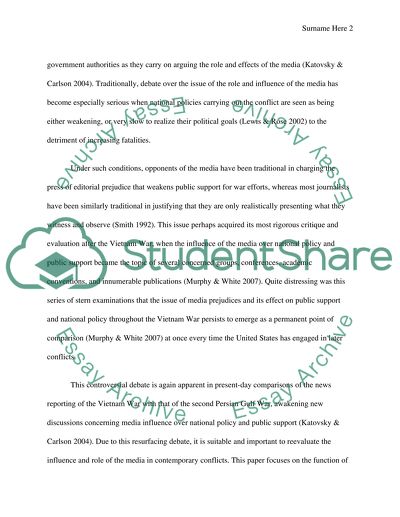Cite this document
(“States often employ the media to mobilize support for war efforts Essay”, n.d.)
Retrieved from https://studentshare.org/environmental-studies/1422330-states-often-employ-the-media-to-mobilize-support
Retrieved from https://studentshare.org/environmental-studies/1422330-states-often-employ-the-media-to-mobilize-support
(States Often Employ the Media to Mobilize Support for War Efforts Essay)
https://studentshare.org/environmental-studies/1422330-states-often-employ-the-media-to-mobilize-support.
https://studentshare.org/environmental-studies/1422330-states-often-employ-the-media-to-mobilize-support.
“States Often Employ the Media to Mobilize Support for War Efforts Essay”, n.d. https://studentshare.org/environmental-studies/1422330-states-often-employ-the-media-to-mobilize-support.


